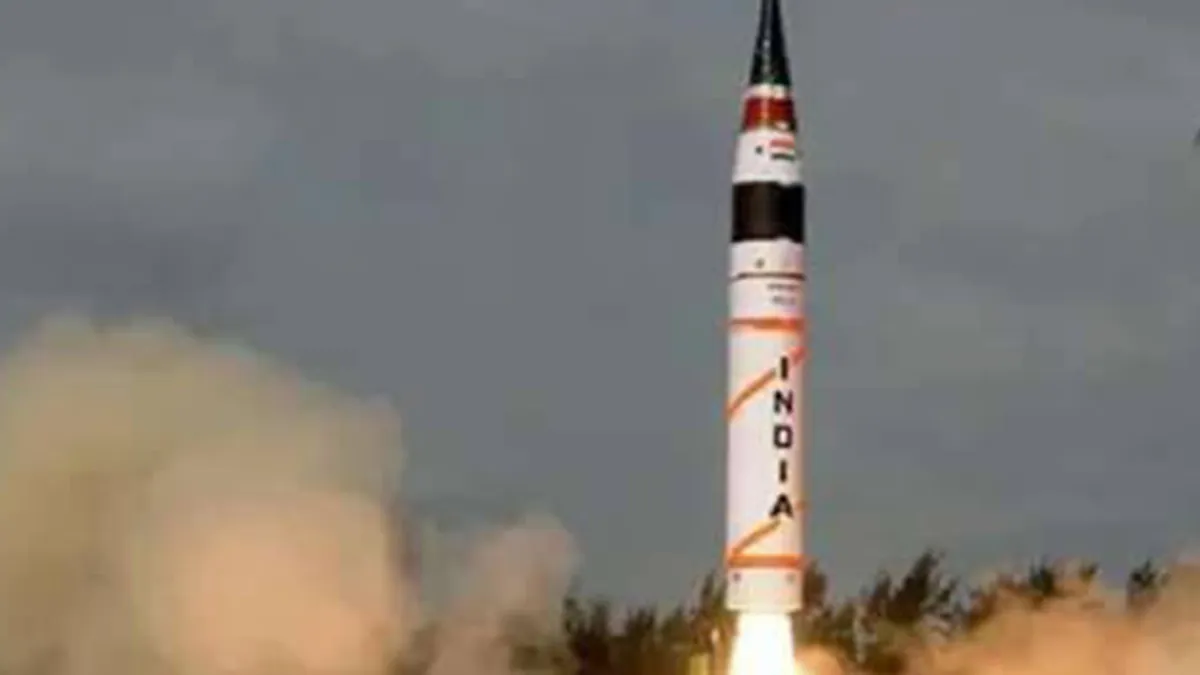First flight test of indigenously developed 5,000-km range Agni-5 nuclear missile is a significant milestone
12 Mar 2024
News
A modern Agni-5 ballistic missile with multiple warheads that can each strike a different target was successfully tested by India on Monday. With this test, India's missile system has finally received the much-needed update, greatly increasing its ability to launch strikes, even nuclear ones. Prime Minister Narendra Modi highlighted the test's importance by announcing it personally in a message of congratulations for the Defence Research and Development Organisation (DRDO), much as he had done when India conducted an anti-satellite test five years prior.
“Proud of our DRDO scientists for Mission Divyastra, the first flight test of indigenously developed Agni-5 missile with Multiple Independently Targetable Re-entry Vehicle (MIRV) technology,” Modi said in a message posted on ‘X’.
Just a few nations—the United States, Russia, China, the United Kingdom, and France—have the technology known as MIRV, or Multiple Independently Targetable Re-entry Vehicle, which allows a single missile to carry multiple warheads. This technology dates back five decades. Pakistan also said that it had tested the MIRV-capable Ababeel missile last year.
Multiple targets, some of which may be hundreds of kilometres distant, can be targeted by missiles using MIRV technology. It is capable of carrying nuclear bombs and hitting targets over 5,000 kilometres distant. Its engine runs on solid fuel and has three stages.
The Agni 1 to 4 missiles are already in service and have a range of 700 to 3,500 km. Medium to large variants were featured in this. Since 2012, many successful tests of Agni-5 have been conducted.
